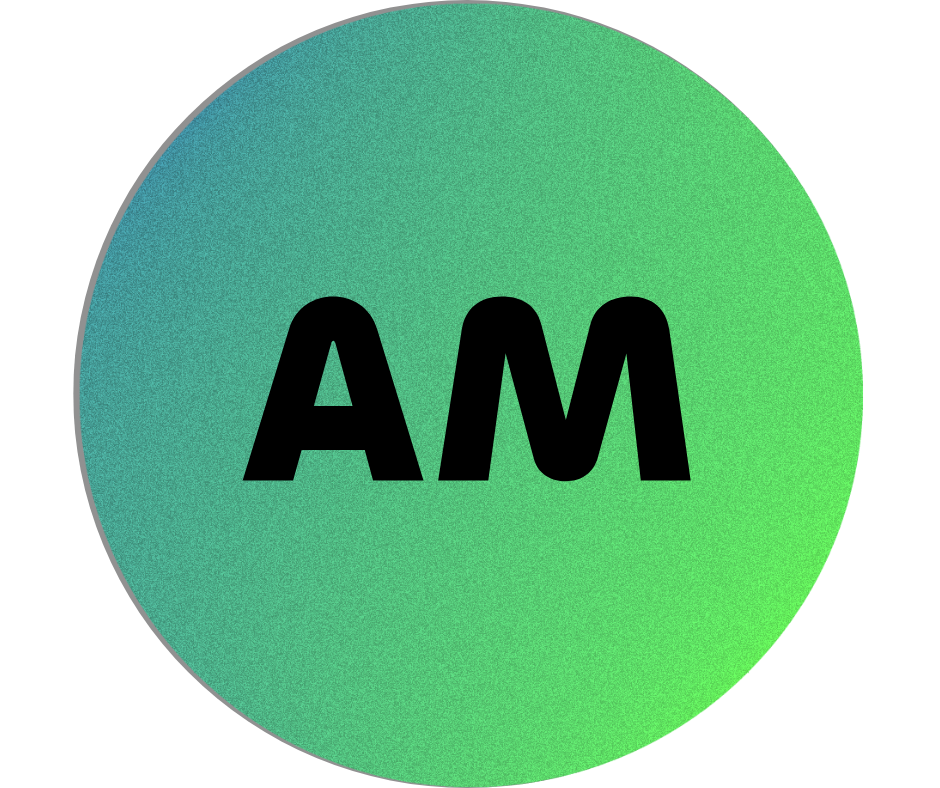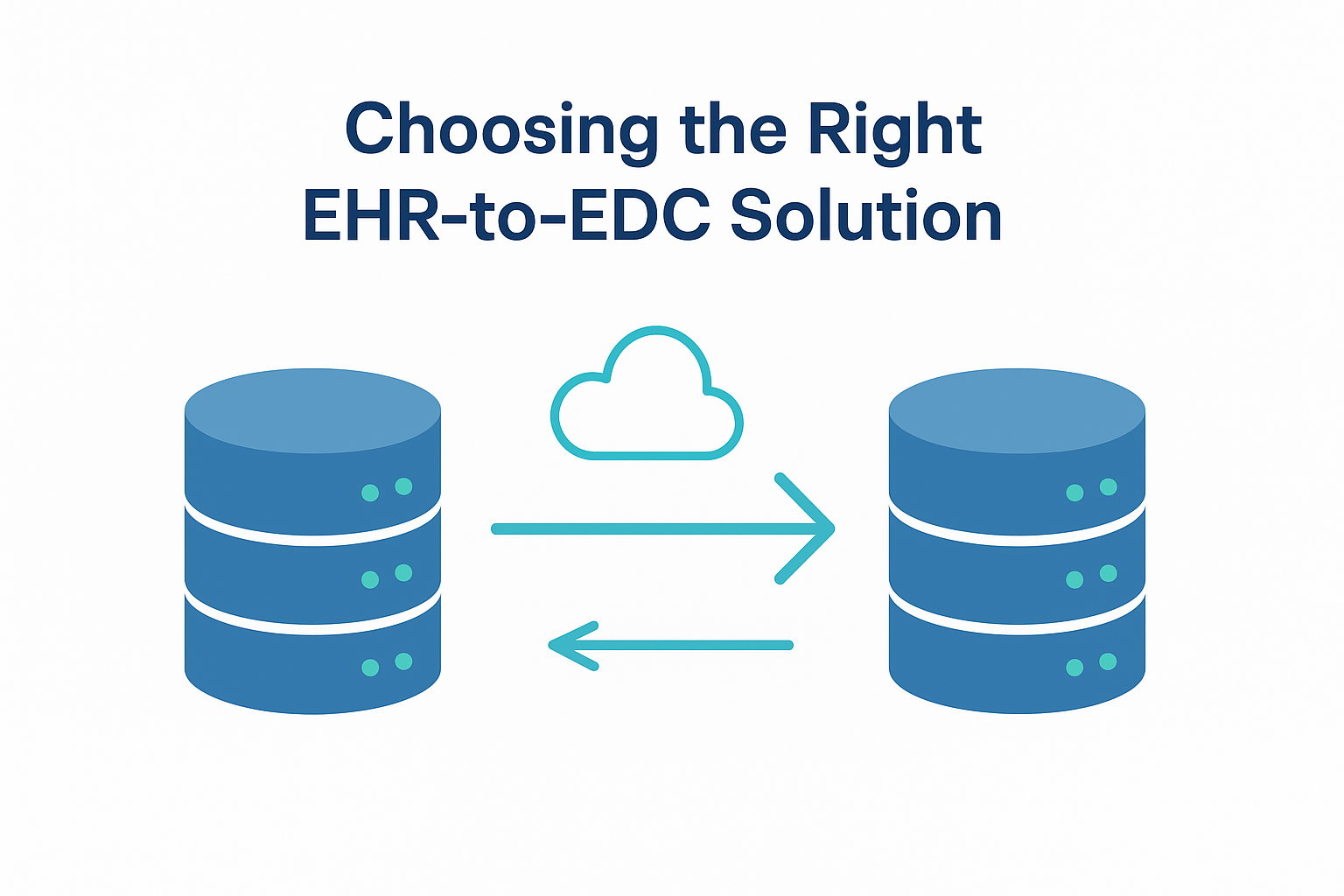
Alicia Mintz
October 15, 2025
Choosing the right EHR-to-EDC solution is key to improving trial efficiency, data quality, and compliance.

The clinical trials industry is undergoing a significant transformation. The pace of innovation is accelerating, and integrating new tools to meet today’s demands is no longer optional. The message is clear: if you’re not moving forward, you’re falling behind. EHR-to-EDC streaming is among the technologies that is taking center stage in the current technological revolution and rapidly becoming an essential tool for sponsors and sites alike.
EHR-to-EDC streaming address several longstanding challenges in the clinical trials industry. They ease the burden on site staff by automating data transfer, reduce manual errors, minimize source data verification (SDV) time, and accelerate data availability.
Unfortunately, not all EHR-to-EDC systems were created equal. Knowing what to look for in an EHR-to-EDC provider can make all the difference between measurably improving your data processes and creating additional headaches for your team. This article outlines important aspects to consider when choosing the right EHR-to-EDC.
How many medical centers is the system connected to?
One of the first questions to ask when evaluating an EHR-to-EDC solution is: How many hospitals and medical centers is the system already connected to?
A solid EHR-to-EDC system will have established connections with a wide network of medical centers, allowing sponsors to stream data quickly with minimal effort. Having an established network of medical centers can widen the trial’s patient pool, enable scalability, and reduce setup delays, particularly for multi-site studies. Look for solutions that offer broad connectivity without requiring costly or time-consuming integrations with each individual hospital. Consider whether the network medical centers are geographically diverse, or whether they’re clustered in specific areas which may limit a study’s scope or diversity.
Ease of use and implementation
No matter how powerful an EHR-to-EDC system is, its value diminishes if it’s difficult to implement or use. It goes without saying that a smooth implementation process not only supports rapid adoption but also builds trust among site staff which is vital to the adoption of any new technology.
Look for solutions that offer:
Another thing to look for is the integration of ancillary services such as eClinRo, RTSM, EDC, and other standard clinical trial solutions within the platform, which can reduce the number of logins and improve the overall experience for trial staff. If these services aren’t directly integrated, find out if and how they can be.
Data security and compliance
Everyone knows that when it comes to clinical trials, data security and regulatory compliance is of the utmost importance. An ideal EHR-to-EDC solution must adhere to strict security and compliance standards, including:
Though all leading EHR-to-EDC solutions should meet the highest security standards, but it’s always a good idea to double check every service provider before entering a contract.
Convenient, accessible data
One of the most significant advantages of EHR-to-EDC systems is the ability to provide real-time data access. With that, there are ways in which some EHR-to-EDC solutions provide additional conveniences that are worth considering, such as:
Choosing the right EHR-to-EDC solution is more than a technical decision - it’s a strategic one. The right system alleviates staff burden, reduces manual errors, and improves data oversight, allowing for improved trial efficiency and significant cost savings. By prioritizing broad connectivity, usability, and regulatory compliance, sponsors can stay ahead of the curve and optimize their trials for maximal success.